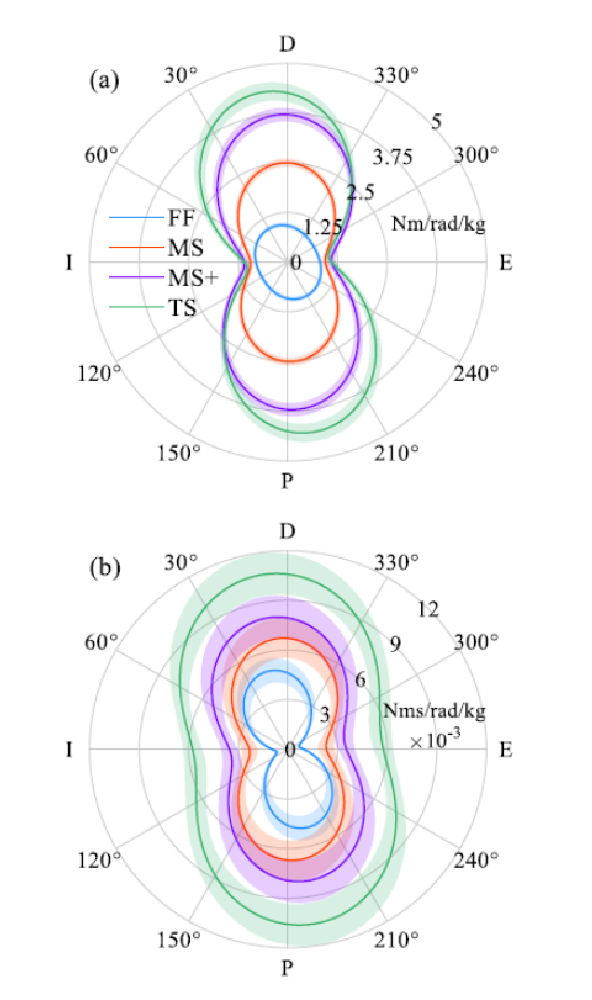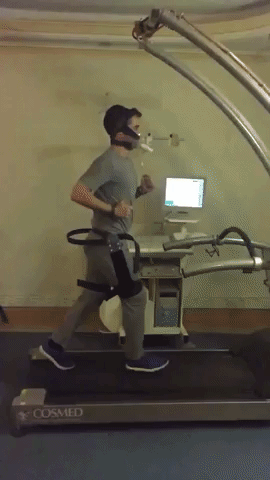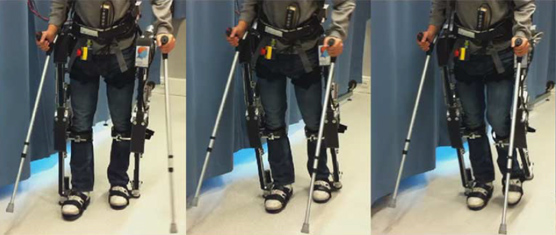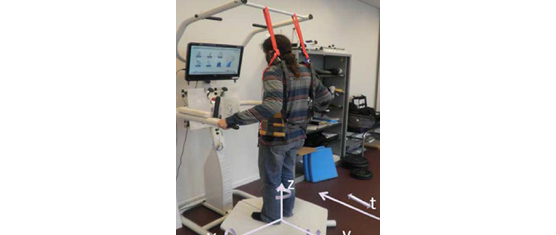In this paper, we present a new perspective to design an unpowered exoskeleton for metabolic rate reduction in running. According to our studies on human biomechanics, it was…
read moreLower-limb amputees typically experience reduced mobility and higher metabolic rates than non-amputees. It may be possible to improve their mobility and metabolic rate with an optimized robotic prosthesis. Here,…
read moreACCESS PAPER DATA READ FULL ARTICLE ON IEEE XPLORE Abstract Powered exoskeletons can empower paraplegics to stand and walk. Actively controlled hip ab/adduction (HAA) is needed for weight shift and…
read moreAbstract This paper presents the design and implementation of IsiMove, a new dynamic posturography platform. It allows the evaluation of the static and dynamic balance of a human placed on…
read more




